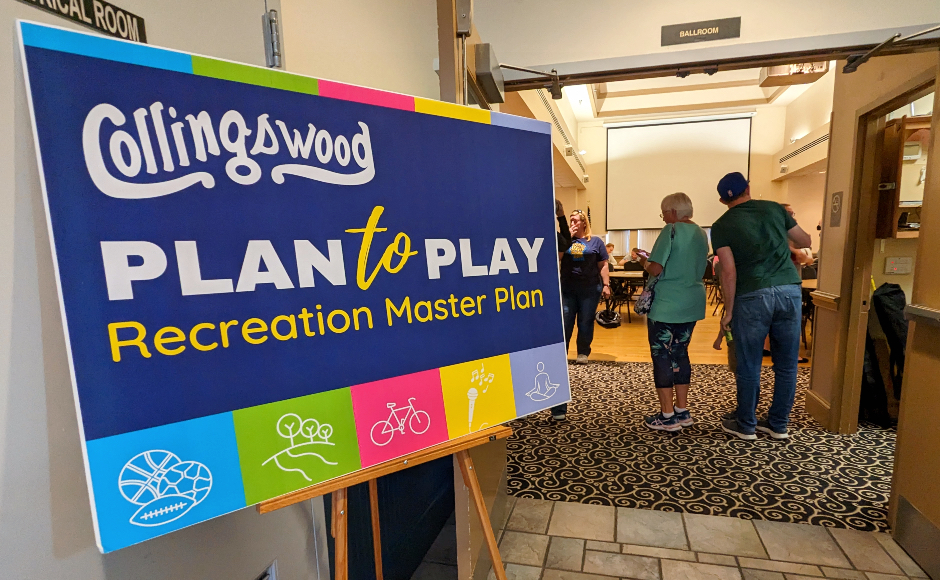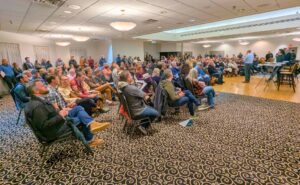 Collingswood Plan to Play Recreation Master Plan. Credit: Matt Skoufalos.
Collingswood Plan to Play Recreation Master Plan. Credit: Matt Skoufalos. Collingswood Plan to Play Recreation Master Plan. Credit: Matt Skoufalos.
Collingswood Plan to Play Recreation Master Plan. Credit: Matt Skoufalos.Related posts

Collingswood Town Forum Outlines Boundaries of Solutions to School District Financial Shortfall
For two-and-a-half hours Wednesday, residents heard from borough commissioners about the limits of what their tax dollars can achieve under budget caps, the local revenue impact of PILOTs, and the increasing challenges of funding both schools and government with limited state financial aid.
March 7, 2025
‘Collingswood Forward’ Slate Enters 2025 Collingswood Commissioners Race
This spring, Collingswood voters will head to the polls to elect three people to serve as commissioners in its municipal government. Residents Meghan Adamoli, Amy Henderson Riley, and Daniela Solano-Ward are the first to officially declare their candidacies under the slogan “Collingswood Forward.”
January 27, 2025